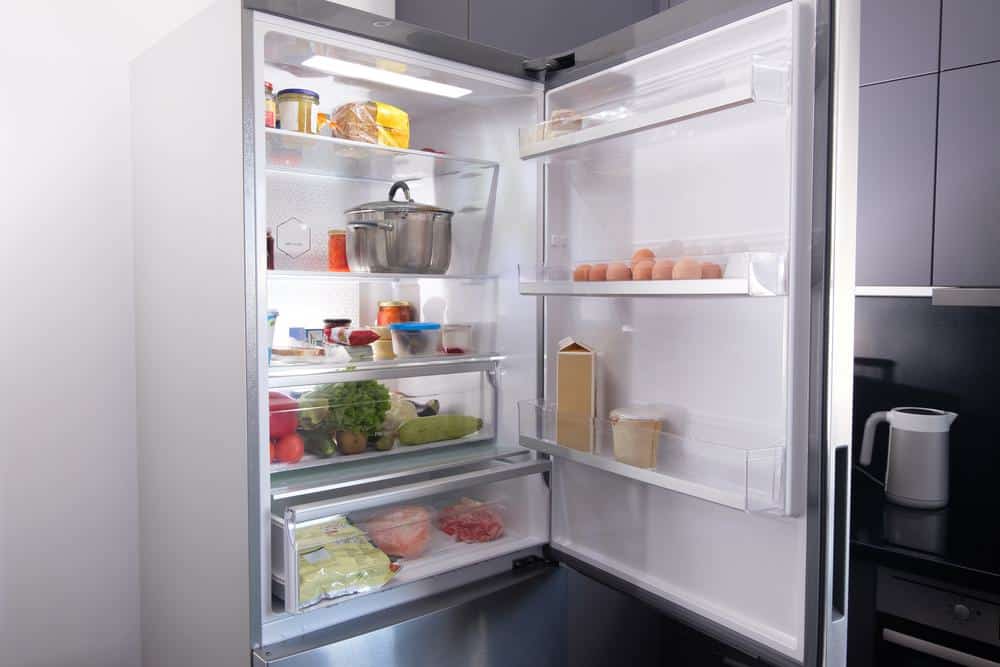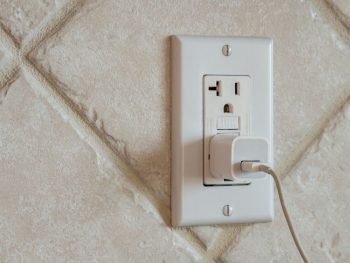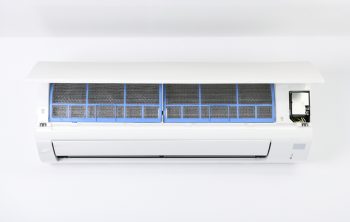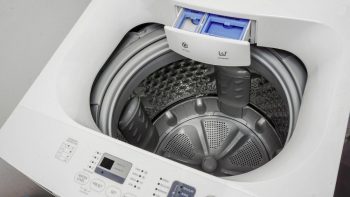
Breastfeeding is a beautiful journey filled with many intricacies. One common question that new mothers often ask is, “Why does my breast milk separate in the fridge?” If you’ve ever pumped and stored your breast milk, you might have noticed that it separates into layers after some time. This is a completely normal occurrence and doesn’t mean that anything is wrong with your milk or that it has spoiled. In this article, we will delve into why breast milk separates, the nutritional value of breast milk, and how to properly store and handle it.
Breast milk separates in the fridge due to its natural composition of fats and other nutrients. The creamier, fattier part of the milk rises to the top, while the more watery part, containing proteins and lactose, settles at the bottom. This is a completely normal process and doesn’t mean the milk is spoiled. To recombine the layers, simply swirl the milk gently.
Understanding the Composition of Breast Milk
Breast milk is a complex mixture of essential nutrients, bioactive components, and live cells that support a baby’s growth, development, and immune system. It contains millions of live cells, over 1,000 proteins, amino acids, complex sugars called oligosaccharides, hormones, vitamins, minerals, antibodies, long-chain fatty acids, and 1,400 microRNAs. The composition of breast milk varies over time, adapting to the baby’s needs.
Why Breast Milk Separates
When breast milk is stored, it separates into two layers — a cream layer and a milk layer. The fat rises to the top to form the cream layer, while the bottom layer is the milk layer. This is a completely normal process and is similar to what happens with other types of milk before they are homogenized. The thickness of the fat layer that rises to the top in stored breast milk can vary, but this does not mean the breast milk is ‘too watery’.
Foremilk and Hindmilk: Understanding the Difference
Breast milk can be divided into two types – foremilk and hindmilk. Foremilk is the milk that your baby drinks at the beginning of a feeding, and hindmilk follows it. Typically, foremilk is mostly water combined with other nutrients, and hindmilk is highly fatty. Both contain lactose that your baby needs to develop properly.
Dispelling Common Misconceptions
There are several misconceptions about the separation of breast milk. Some believe it’s abnormal or that watery breast milk is not good for the baby. However, both fatty milk and watery/less fatty milk are good for the baby and provide necessary nutrition and hydration.
The Ideal Storage Method for Breast Milk
To lessen the separation of breast milk, it’s important to use proper storage containers, store small amounts, and clearly label the milk with the date it was expressed. Freshly expressed or pumped milk can be stored at room temperature (77°F or colder) for up to 4 hours, in the refrigerator for up to 4 days, and in the freezer for about 6 months (though up to 12 months is acceptable).
Using Separated Breast Milk
Separated breast milk can still be used. To mix the separated breast milk again, gently swirl the container. This will help the layers to mix together. Avoid vigorous shaking as it can break down the proteins in the milk.
Conclusion
The separation of breast milk is a natural process that reflects the different components of the milk. Understanding this process can help ensure that your baby gets a balanced diet of both foremilk and hindmilk, supporting their overall growth and development.
Frequently Asked Questions
Can I combine breast milk from different pumping sessions?
Yes, you can combine breast milk from different pumping sessions. However, it’s important to cool the freshly pumped milk in the fridge before combining it with previously cooled or frozen milk.
Is it safe to freeze breast milk immediately after pumping?
Yes, it’s safe to freeze breast milk immediately after pumping. Just make sure to leave some space at the top of the container as the milk will expand when frozen.
Is it okay to feed my baby both breast milk and formula?
Yes, it’s perfectly fine to feed your baby both breast milk and formula (known as supplementing). It’s a personal choice and can depend on various factors such as the mother’s comfort, the baby’s needs, and advice from healthcare professionals.
What should I do if my baby doesn’t finish a bottle of breast milk?
If your baby doesn’t finish a bottle of breast milk, you can offer it again within two hours. However, once that time has passed, it’s recommended to discard the leftover milk to avoid bacterial growth.
Can I heat breast milk in the microwave?
It’s not recommended to heat breast milk in the microwave. Microwaving can create hot spots in the milk, which can burn the baby’s mouth. It’s best to warm the milk by placing the bottle in a bowl of warm water or using a bottle warmer.












